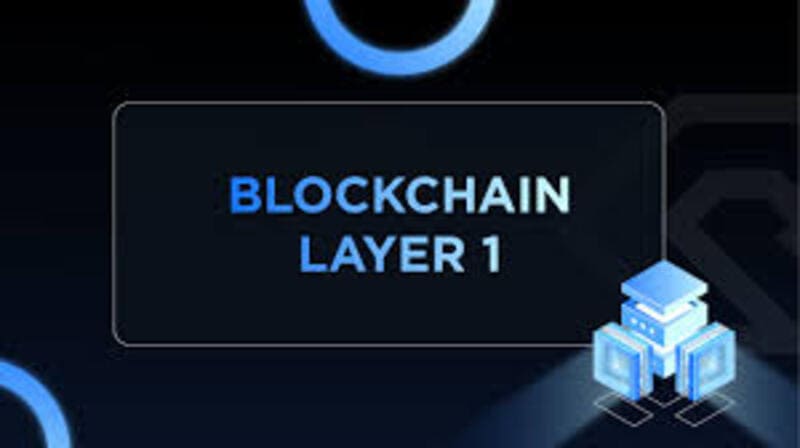In this article, we’ll dive deep into what is layer 1 blockchain, covering everything from how it works to the challenges it faces and the potential solutions. If you’re looking to truly understand the core of blockchain technology, make sure to read through to the end for a comprehensive breakdown.
What is layer 1 blockchain?
A Layer 1 blockchain is the foundation of any blockchain network. It’s called “Layer 1” because it’s the base layer on which all activities take place. Think of it as the root of a tree, where everything starts and grows. The operations on Layer 1 include transactions, blocks being created, and consensus algorithms that validate these blocks. The most popular examples of Layer 1 blockchains are Bitcoin and Ethereum.
Layer 1 blockchains are decentralized, meaning there isn’t a single entity controlling them. Instead, they operate on peer-to-peer networks. These blockchains are also secure due to the consensus mechanisms they use, such as Proof of Work (PoW) or Proof of Stake (PoS). The major advantage of a Layer 1 blockchain is that it functions independently. It doesn’t rely on any other blockchain to run its transactions or smart contracts.
The key difference between Layer 1 and Layer 2 blockchains is how they handle scalability. Layer 1 operates natively and is self-sufficient, while Layer 2 is built on top of Layer 1 to improve transaction speeds and reduce fees.
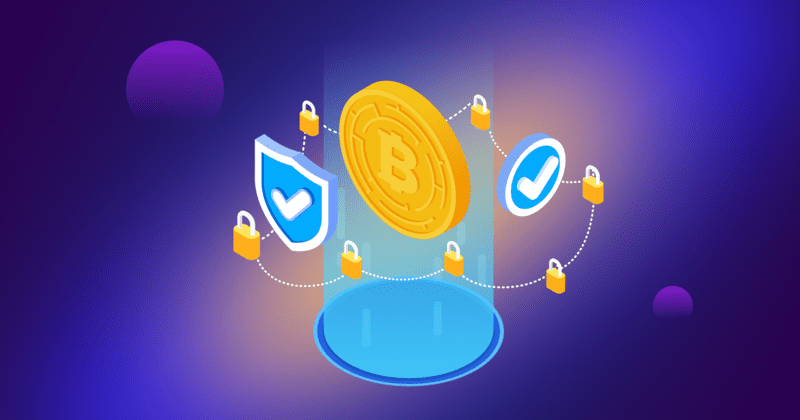
How layer 1 blockchains work
Layer 1 blockchains process transactions by gathering them into blocks. These blocks are added to the blockchain in a sequence, one after another. For a block to be added, it must be validated by a consensus mechanism. The most well-known consensus mechanisms are Proof of Work and Proof of Stake.
In Proof of Work, like Bitcoin, miners solve complex mathematical puzzles to validate transactions. When a miner solves the puzzle, they get to add a block to the blockchain and are rewarded with newly created coins. This process ensures that the blockchain remains secure and decentralized. However, Proof of Work is energy-intensive and slow.
Proof of Stake, used by Ethereum and other newer blockchains, works differently. In PoS, validators are chosen based on how many coins they hold and are willing to “stake” as collateral. This method is much faster and energy-efficient than Proof of Work. Validators are rewarded with transaction fees instead of newly created coins.
In both systems, Layer 1 blockchains operate on their own infrastructure. They don’t need outside help to function. That’s what makes them the “base layer” of the blockchain ecosystem.
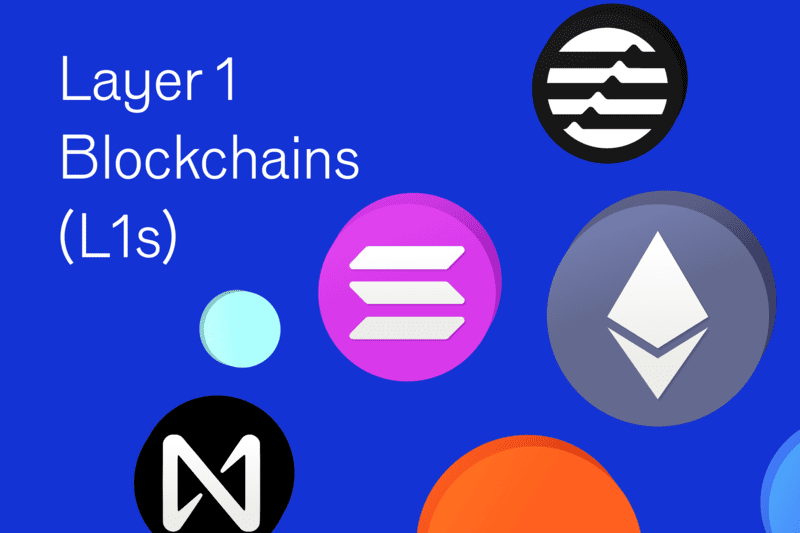
Key features of layer 1 blockchains
Layer 1 blockchains have several defining features. The first and most important is security. Because they are decentralized, they are harder to attack than centralized systems. The larger the network, the more secure it becomes. This security is achieved through consensus mechanisms like PoW and PoS, which ensure that only valid transactions are added to the blockchain.
Another feature is decentralization. In a decentralized network, no single entity has control. Instead, power is distributed across all participants, making it more resistant to censorship or shutdowns.
Layer 1 blockchains also face scalability issues. As more users join the network, it can become slower and more expensive to process transactions. This is where Layer 2 solutions come in, but the core of the issue is rooted in Layer 1’s limited ability to scale on its own.
Finally, immutability and transparency are key. Once a transaction is added to a Layer 1 blockchain, it cannot be changed. This makes it ideal for record-keeping and ensuring trust among participants. Transparency ensures that anyone can view transactions on the blockchain, creating an open and trustworthy system.
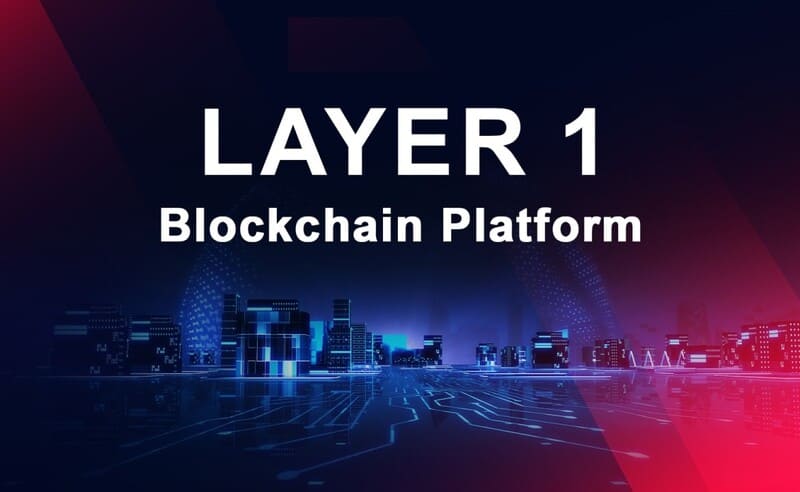
Examples of popular layer 1 blockchains
Some of the most popular Layer 1 blockchains include Bitcoin, Ethereum, Binance Smart Chain, and Solana. Let’s break down each one:
- Bitcoin: As the first and most well-known blockchain, Bitcoin introduced the world to the concept of decentralized digital currencies. It operates on a Proof of Work consensus mechanism and is primarily used for peer-to-peer digital transactions.
- Ethereum: Ethereum revolutionized the blockchain space by introducing smart contracts. It allows developers to create decentralized applications (dApps) that run on its blockchain. Ethereum is currently transitioning to a Proof of Stake consensus mechanism to improve scalability and energy efficiency.
- Binance Smart Chain (BSC): BSC is a Layer 1 blockchain known for its fast transaction times and low fees. It was created by Binance, one of the largest cryptocurrency exchanges in the world, to facilitate decentralized finance (DeFi) and other blockchain-based activities.
- Solana: Solana is a relatively new Layer 1 blockchain known for its high throughput and fast transaction speeds. It uses a unique consensus mechanism called Proof of History (PoH), which allows it to process thousands of transactions per second.
Other examples include Avalanche and Cardano, both of which offer unique features to solve scalability and security issues.
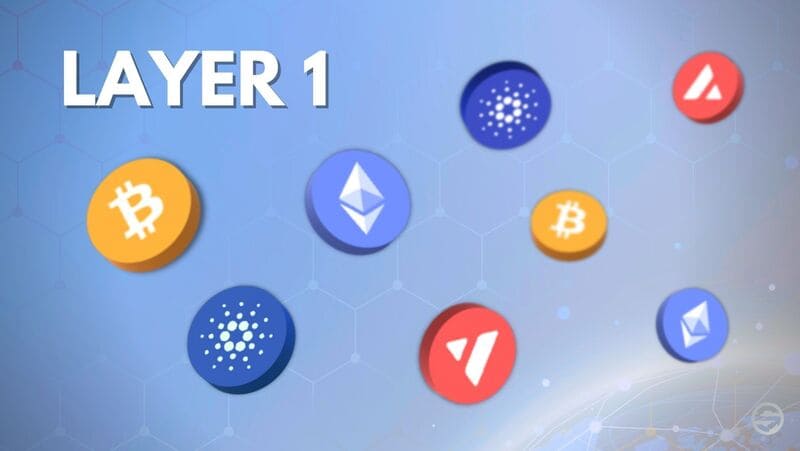
Scalability challenges in layer 1
One of the biggest issues Layer 1 blockchains face is scalability. As more users join a blockchain, the number of transactions increases. This can slow down the network and make transactions more expensive. The scalability trilemma describes the difficulty in achieving all three key attributes of a blockchain: security, decentralization, and scalability.
For example, Bitcoin is very secure and decentralized, but it struggles to process many transactions per second. Ethereum has similar issues, especially during times of high demand. When many users try to use the network at the same time, transaction fees (known as gas fees) can skyrocket.
To solve these scalability issues, developers are working on several solutions. Sharding is one such solution, where the blockchain is split into smaller pieces called “shards.” Each shard processes its own set of transactions, which increases the network’s overall capacity.
Another solution is the transition from Proof of Work to Proof of Stake. Ethereum’s move to PoS is expected to significantly improve scalability by reducing the amount of computing power required to validate transactions.
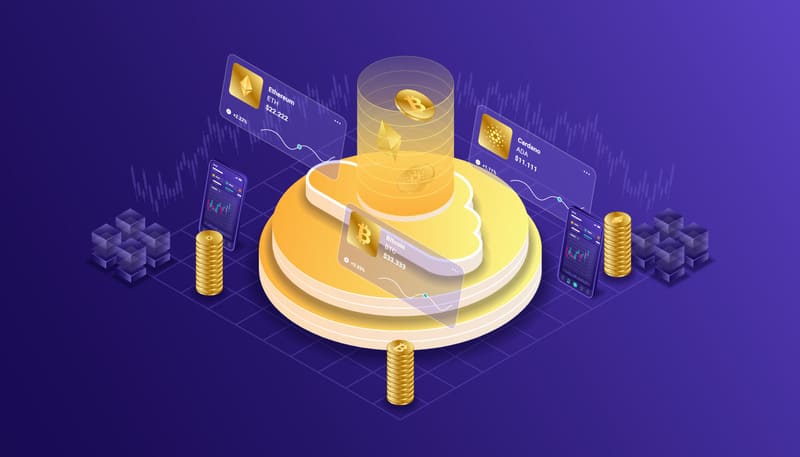
Solutions to improve layer 1 blockchains
As mentioned earlier, sharding is one solution to improve scalability in Layer 1 blockchains. Sharding divides the blockchain into smaller segments, each capable of processing its own transactions. This increases the network’s capacity and reduces congestion.
Another solution is upgrading the consensus mechanism. For instance, Ethereum’s move to Proof of Stake will drastically improve its transaction speed and reduce energy consumption. This transition, known as Ethereum 2.0, is designed to make the network more scalable and secure.
Additionally, interoperability with Layer 2 solutions is becoming more important. Layer 2 solutions, like rollups and state channels, help reduce the load on Layer 1 by processing transactions off-chain and only submitting the final result back to the main blockchain. This speeds up transaction times and lowers costs while maintaining security.
Finally, Layer 1 blockchains are expected to integrate upgrades that enhance their ability to scale and remain decentralized. These upgrades could include new consensus mechanisms, better node infrastructure, and further integration with Layer 2 solutions.
